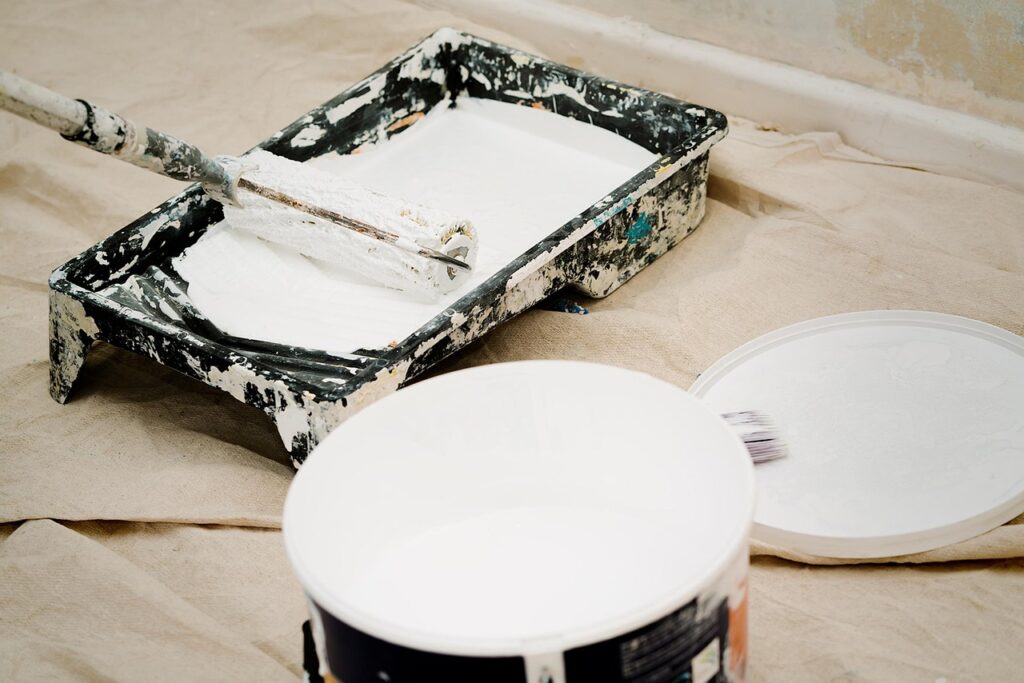The special properties of a liquid membrane make it an amazing tool for many applications. Used everywhere from construction to manufacturing, it acts like a barrier keeping things separate. It is a thin layer of liquid material placed on a surface that then sets to create a film or “membrane.”
This incredible substance is used in waterproofing roofs and underground construction. It also has applications in manufacturing, where it separates useful ingredients from waste materials. The process works by coating the material with the membrane, which then allows the desired ingredient to pass through while blocking others. It can even be used to clean up environmental contaminants like oil spills by trapping the oil and separating it from the water.
A liquid membrane is quite easy to apply with a brush or roller on most surfaces. Once it has been applied, the material will self-level and create the membrane. This self-leveling quality creates a uniform thickness of the membrane, resulting in a smoother surface.
While liquid membranes may seem unremarkable, they can do a remarkable job. In fact, researchers have been experimenting with them to create artificial organs. The membrane is used to create a barrier that separates vital fluids, much like real organs do. Imagine that. With such versatility and potential, the liquid membrane is undoubtedly a fascinating substance.






